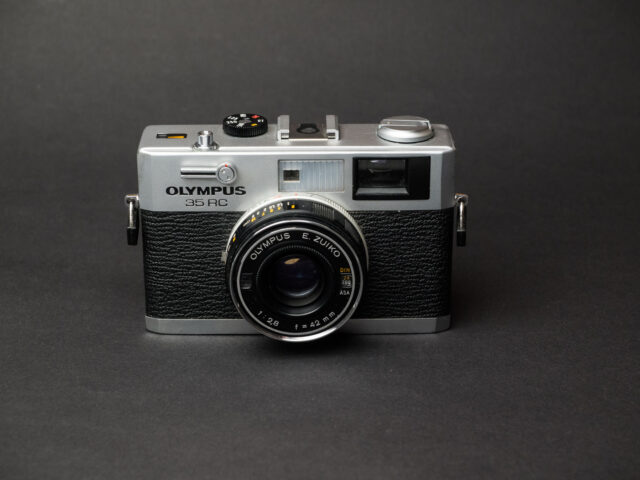
Today, we associate rangefinder cameras with the exclusive Leica M models and, perhaps, some other rather pricey products. In the 1960s, however, the fixed-lens rangefinder camera was a mass-market product and the forerunner of the point-and-shoot camera. A particularly interesting example is the Olympus RC 35 from 1970.
A small body with a fixed lens, usually a medium wide-angle to standard focal length, built-in light meter and simple operation: That was the formula for many of the emerging Japanese camera manufacturers in the 1960s. It was a time when photography (and travel) was becoming widely available to Westerners, and the need for affordable, easy-to-use cameras was growing rapidly.
Many companies made remarkable compact rangefinder cameras
The answers in the 35mm segment were Canon’s Canonet cameras, the Minolta Hi-Matic line, the Yashica Electro and many others. A particularly remarkable camera in this range is the Olympus 35 RC which I will review in this article. I got mine as a present, kind of a flea market find by someone who knows. The donor was aware of my long relationship with Olympus and thought the beautiful small camera could find a good new home with me.




The 35 RC is unmistakeably an Olympus product
In a way, this camera immediately felt familiar. It is unmistakably an Olympus design. I think this company made the most beautiful cameras among Japanese manufacturers in the early 1970s, and the OM SLRs are true design icons which are entirely to my taste. Everything feels logical and easy, despite the unusual T automatic mode: You choose an exposure time, and the camera will find the right aperture. The lens is a five-element Zuiko 42mm f/2.8.
Unusual for the brand: The Olympus 35 RC has shutter-priority
The shutter-priority auto-exposure operation is unusual for Olympus. Think of their OM-2 with its groundbreaking auto-dynamic aperture priority. On second thoughts, though, it’s logical. The fixed shutter speeds between 1/15 and 1/500 can be set mechanically, and the aperture closest to the required value simply by pressing the shutter release (also mechanically, in a way). The only electronics required are for metering.
A good Olympus 35 RC may be easier to find than its battery
And this is where it gets a bit tricky. Like many cameras of the time, the Olympus 35 RC was designed to use 1.35V mercury cells. You need an expensive and short-lived WeinCell to replace this long-obsolete type of battery. On the other hand, there are some things that the camera does right. The measuring cell, for example, is close to the front lens and, therefore, in the area that will eventually be covered by a filter.
A clever function makes sure you don’t lose images because of bad light
And: Both the exposure time (set manually) and the resulting f stop are shown within the viewfinder. That’s more than any of the expensive Olympus OM SLR cameras could ever achieve. Another great feature is that the shutter release is blocked if there is not enough light, so shoot at 1/15 and f/2.8 (you can override this in manual mode). And no wasted images because the lens cap was still in its place…
The lens might sound a bit mediocre at 42mm and f/2.8. In fact, it is a very good one, with five elements and a maximum aperture that is fully usable. And it is a bit forgiving when the rangefinder is not perfectly accurate – focusing is a bit tricky with the small rangefinder patch, the short measuring base and, in my case, a bit of haze in the viewfinder.
The Olympus 35 RC’s lens creates a nostalgic look
Returning to the lens, it is single-coated and produces images with good sharpness where it is set and creamy bokeh. However, it can’t compete with modern rangefinder lenses in terms of contrast, flare resistance and sharpness. As a result, your images will have a somewhat nostalgic look, even when shot on the most modern film. It is certainly a matter of taste, and I must say that I liked the rendering.



What makes the Olympus 35 RC so attractive is the concept of ease of use. With some basic knowledge of photography (which was to be expected in the 1960s, so much for ‘progress’), you can use it straight away. Not surprisingly, this little rangefinder has become an insider’s tip for non-hipsters who need a working camera, not a fashion accessory. However, the Olympus 35 RC does look cool over your shoulder.
The viewfinder of the Olympus 35 RC is small
The Olympus 35 RC was introduced in 1970, two years before the OM SLR and a few years after the Pen half-frame system. It is a remarkable piece of engineering, and it speaks for its creators that there are still many working examples around. Perhaps a clean, lubricate, adjust (CLA) check is a good idea. The viewfinder is small, and the rangefinder patch is really small. So, even a slight amount of haze will make operation difficult. A good technician might be able to solve this, and maybe also knows where to find spare parts.



Compact and excellent cameras remained Olympus’ domain
Olympus continued to create exceptionally small and competent 35mm compact cameras with the partly rangefinder-based XA series (another iconic design). On the culmination point of the analogue era, the Mju series swapped the rangefinder for autofocus. A good Mju II is now much sought after — no surprise because I got some remarkably good slides from this example. But that is another story.
The little Olympus 35 RC deserves a place of honour in both my personal collection and in my practical photography. With a roll of Kodak ProImage or other consumer film, it gives me both nostalgic vibes and great results. I will continue to work on mastering this beautiful camera and keep hoping to find some of the rare original 43.5mm filters for black-and-white use (for the time being, I try to make do with these makeshift gel filters that are being produced for the Olympus Trip 35 cameras).



Does the Olympus 35 RC justify the cost of film photography?
And one last thought about film photography in 2023. Sure, it has become expensive. The days when you could get a three-pack of Kodak Gold for eleven euros will never come back. Material is in high demand; supply is slow, and prices are high. Add to that a lens that is beautiful but not up to today’s standards – and the question is no doubt whether it all makes sense. I would say an emphatic yes, especially with the Olympus 35 RC.
Film images have their own look, and scans from a good lab (I can only recommend MeinFilmLab here in Germany with its competent and careful staff) cannot be duplicated by digital means. At least, that’s my opinion, and I’m willing to invest in this particular outcome and buy the occasional roll of film. And, as I wrote earlier here in Macfilos, you can still buy quite a few rolls for the price of a digital rangefinder camera. There are certainly better historic cameras, but for some reason, the Olympus 35 RC is charms me immensely.



Some cameras show us how time flies – the Olympus 35 RC is one of them
When you pick up an Olympus 35 RC or one of its contemporaries, you can immediately sense the passage of time. Even the cheapest current smartphone will offer more possibilities for taking pictures than these cameras, which now seem so incredibly nostalgic. On the other hand, they all have a full-frame ‘sensor’ and will give you a real photographic experience. What a pleasure it was to make the acquaintance of this beautiful camera. On that note, thank you to that special person reading this!
What about you? Have you ever owned one of these small Olympus cameras? Or some other 60s or 70er rangefinder camera? What were your experiences? Do you still own such a camera – and if not, do you miss it? Or is all this retro camera trend just ridiculous at a time when there are so many excellent smartphones and cameras around? Is film photography, all in all, completely overrated? Let’s discuss this in the comments section!
Want to contribute an article to Macfilos? It’s easy. Just click the “Write for Us” button. We’ll help with the writing and guide you through the process.




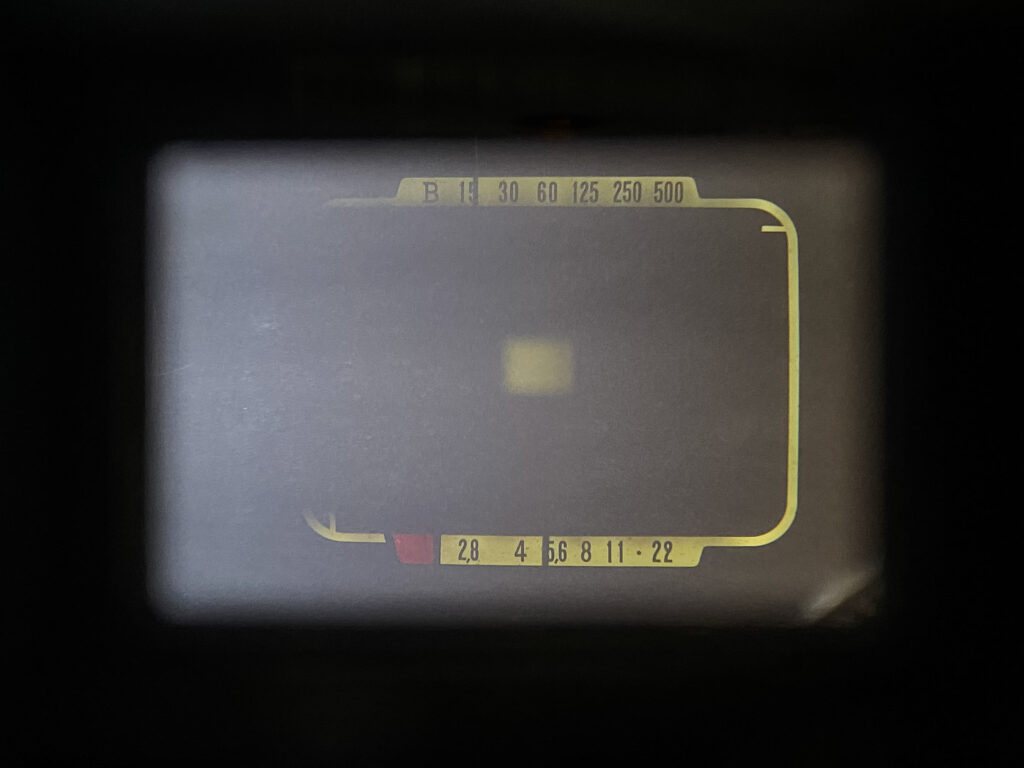
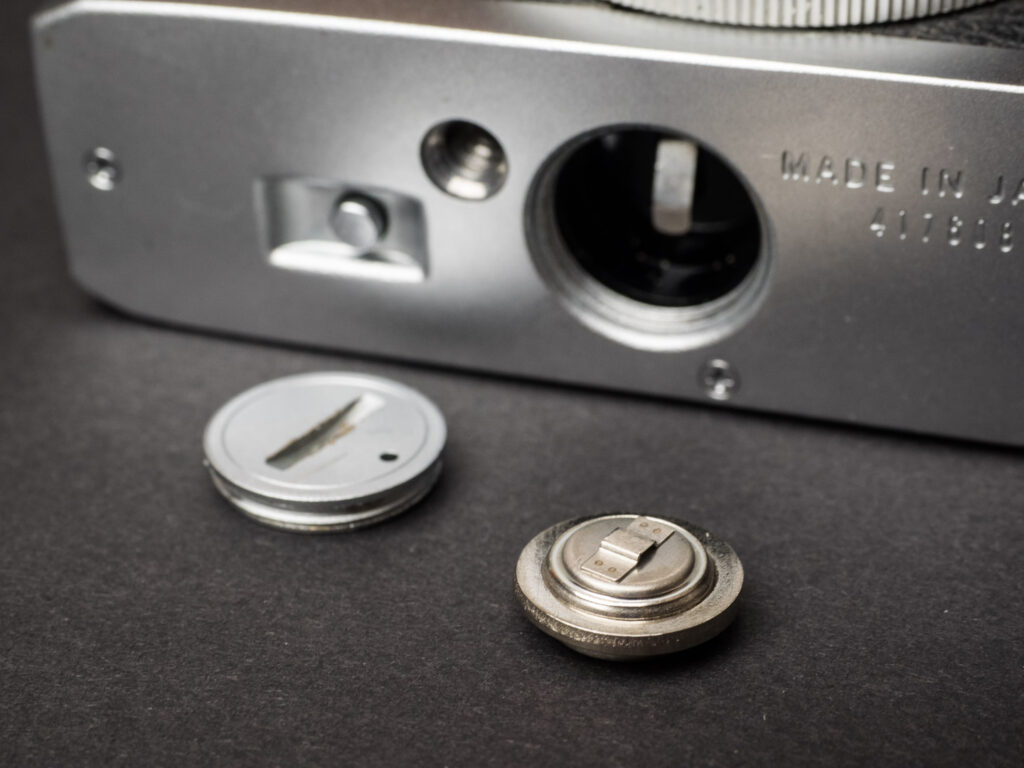


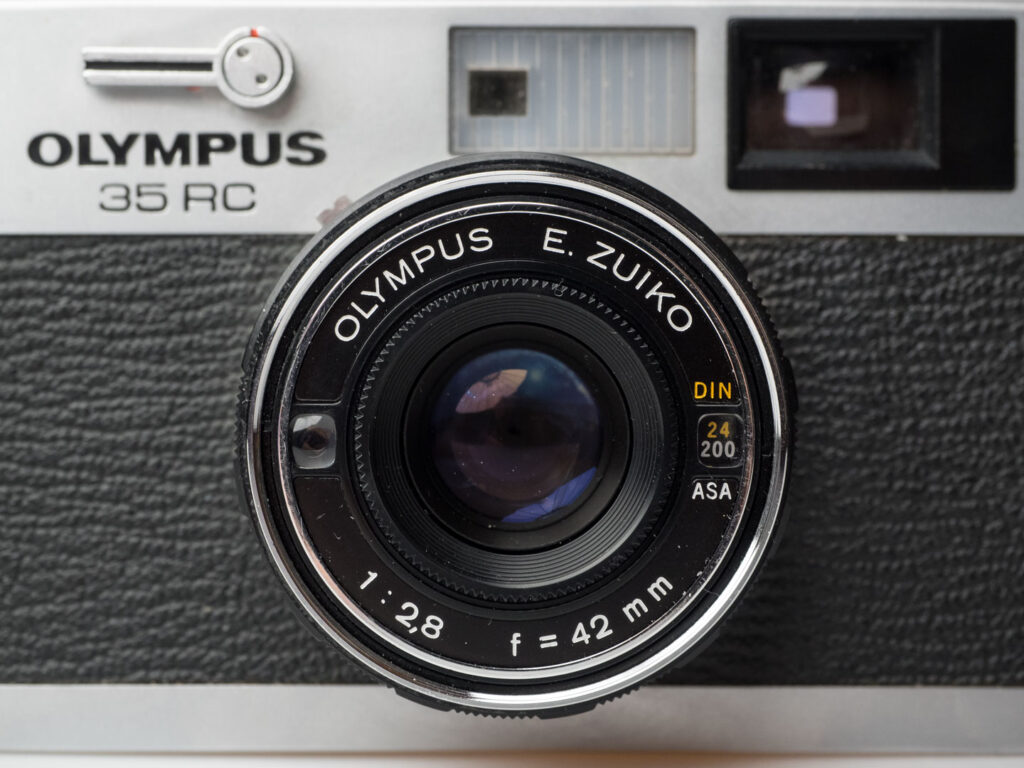
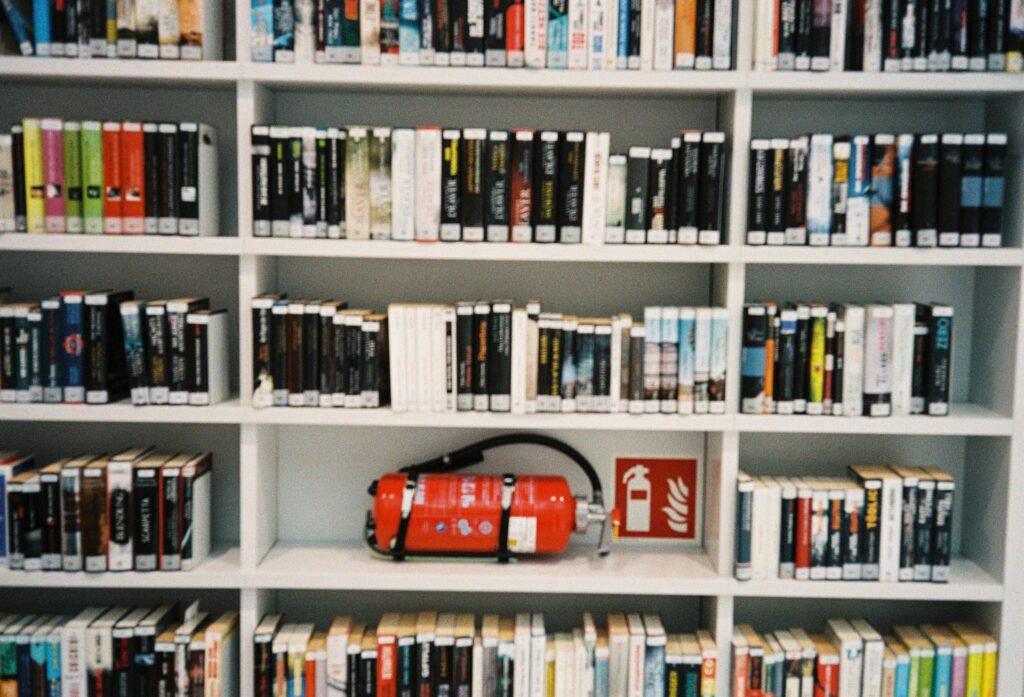
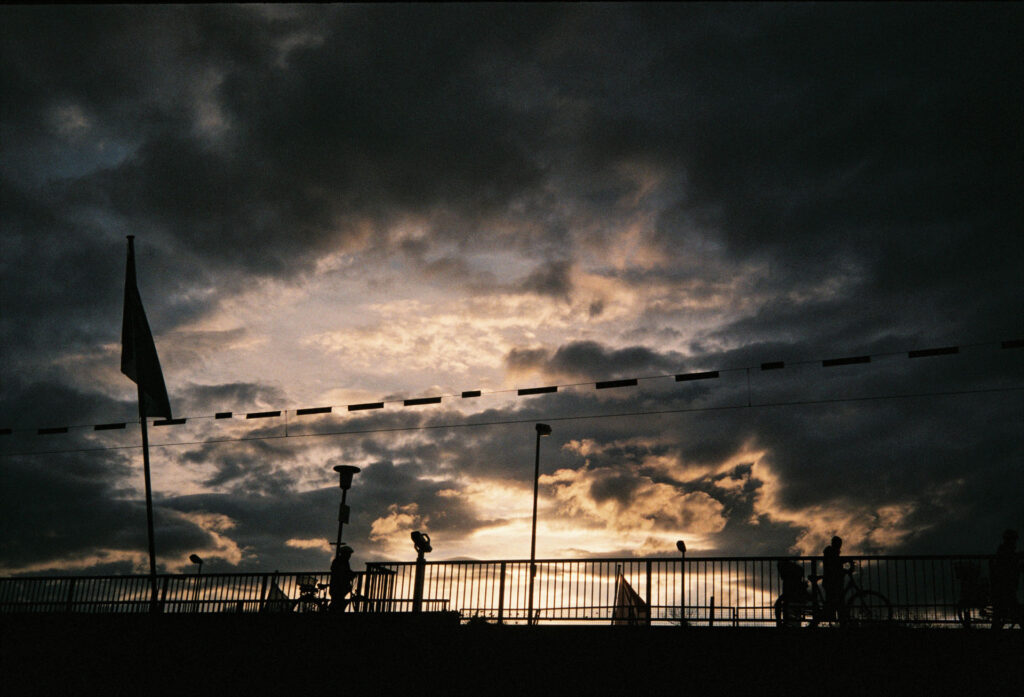




Tho I never abandoned film, my cameras languished for decades. I thought I should keep up with the times and go digital. It’s just not right. I never had the sense that I was making art with it. I was just manipulating.
I’m back to film full on now, with my Rollei b35 RF, Pentax’s, David White Realist, and a TLR. The little Rollei gets the most used because it’s smallest and still takes great pics. I also set up a darkroom again.
The truth is, film is a thoughtful art medium from beginning to end. Digital is an unrestricted information system from which a person may or may not manage to extract a pleasing but soulless image. And it’s one EMP away from total uselessness. Analog is forever.
Paris, 1972. The early morning sunlight dapples the grass as it angles through the trees in the Jardin de Luxembourg. A moment in time captured perfectly on my Olympus Trip. I had never traveled out of the UK. There are the pin sharp gargoyles grimacing on the lofty heights of Notre Dame cathedral. Is it all down to nostalgia? I don’t think so. Those colour perfect images, eked out carefully with my precious 36 shot Kodak film, have never been equalled by anything I have taken since, even with the likes of a Leica lens. This was my first camera and was very kind and forgiving on a complete novice.
The Olympus 35 RC is a realy nice camera. I mainly shoot it with B&W film like HP5+ or FP4+. You can buy B&W filters at SRB Photographic in UK. They still offer it for the 43.5mm thread (0.5mm pitch). The support told me to take the “normal” B&W filters, not the filters designed for the Olympus Trip. The Olympus Trip filters have an extra lip that won’t fit the 35RC.
I really enjoy the Olympus 35RC so far. It is just as handy as a Ricoh GR.
Hi Joerg-Peter,
I have just read your piece again and noticed mention of the Yashica.
My old dad bought me one of these (the GTN) from Gamages when I was around 13 or 14 years old, it disappeared a long time ago, not sure how, but it sparked my lifelong interest in photography.
I owe it much.
I know this feeling, Stephen. Thanks for sharing this emotional experience. My entry to photography was an Olympus OM-1 in 1988. It was outdated by 15 years then and cost 150 DM. And yet the best investment I could possibly make. I still have the camera in full working order and will never let it go. JP
Dear Dirk, a wonderful review with great images. And a very warm welcome in the team of the Macfilos authors. The 50/1.2 seems to be very attractive lens. The 50/1.0 is sitting on my shelf for another M Files episode. What I have seen so far is impressive but I realize that I need more practice in actual use of such a demanding device. All the best, JP
This is a reply to another post of course. Sorry.
Excellent article about an intriguing camera. Film photography is not overrated IMHO. It is still the essence and soul of photography and sometimes it feels like the perfect antidote for the digital times we live in. I bought a number of 35mm film cameras last year (I already had medium format film cameras) and I have been enjoying them. They are small and lightweight and they make me very happy. They also complement my digital cameras very well.
Great to hear that, SlowDriver. I also think this is not a question of either/or but a question of and. There are moments when analogue photography is unbeatable in experience and outcome. In many other instances, digital is the way to go. Personally I am very happy that I was able to learn photography in the film days. Analogue work including darkroom is an excellent teacher IMHO. And I know that in 2023 students are working with old cameras again because if the educational value of it. JP
Hello Mike – I will have to dig them out! I will try to give it a go.
Keith
In the late 70’s I bought an Olympus 35RD that is essentially the same as the 35RC but with a 40mm f1.7 lens. It cost £105.00 that I should not have spent at the time! I used it extensively until the mid 1980s. Olympus serviced it but said it was quite worn. I used it with Fujichrome 100 and Kodakchrome 64 and I should scan some of the transparencies. This camera introduced me to rangefinder cameras and Leica. I’m tempted to find another one but I have a mju II that works well and uses currently available batteries. Plus I am now 95% digital photographer.
Hi Keith, If you have some good scans from all those years ago and feel like writing a short article, please get in touch. We are always looking for new contributors.
Mike
Dear Keith, thanks for your feedback. And I can only underline what our editor Mike Evans is suggesting. A review of the even more sophisticated Olympus 35 RD would be a great contribution to Macfilos! JP
Thank you for this article – another prod to get my RC35 out of cold storage and re-enter the analogue world!
Give it a try. If you don’t like it, you have yet learned what you are not missing. JP
Thanks Joerg-Peter for another great article.
Analog photography makes me think of analog music recording. Prices of record-players and LPs have been rocketing, just like the prices of analog cameras. Is it a trend that will last or not, no one knows.
I’ve owned the original Leica CL, the mju:ii and the Contax T2. They were all excellent cameras. I just put my mju2 for sale a few weeks ago.
Although going back to analog photography is tempting, I don’t think I will. Digital photography has made things so much easier. I remember spending hours in the darkroom to get what I wanted and LR or any processing softwares have made things more straightforward.
I keep buying old Pentax lenses which I will adapt to a new FF digital camera when I made up my mind. Some Leica and Ricoh cameras have a rendering close to analog photography.
Thanks, Jean, for your comment. I can’t give an educatated guess if the analogue hype is sustainable. Maybe the film manufacturers are already pricing out too many customers, especially the younger ones. And I fully agree, digital photography brought us massive improvements. You have so much control over the results now that there should not exist a single bad image any more. But, alas, this effect has not materialised yet. JP
Olympus lenses were – like this RC and on the rangefinder ECR – (if kept clean and haze-free) astonishingly sharp and contrasty. The teeny-weeny pocketable plastic-body XA (the original version, not the later XA1, etc) also had a proper co-incident rangefinder for setting exact focus.
The teeny Minox 35mm variants (slightly smaller and <much lighter than the similar-ish Rollei 35) didn’t, alas, have rangefinder focusing ..but if you were any good at estimating distance, that didn’t really matter! It, too, could slip in a shirt pocket, like the Oly XA.
There were scores of well-known Minolta rangefinder-focusing compacts, and the little Cosina CX-2 (I bought one for my father) – which led to the brief Lomo LC-A craze – was a knock-off of one of those. (Minolta also later made the Leica CL for Leitz, of course.)
So yes; I’ve owned – and still use, now and again – a good few of these. (And the ultra-teeny, strap-on-your-wrist, half-frame, motor-drive Tessina. (But that’s a whole other article.)
With good, fresh film – and processing in good, fresh chemicals! – images from these ancient compacts can almost match many current pocket cameras. But. of course, digital photos are instant ..and pretty-much free!
Thanks, David, for sharing all this additional knowledge. I once had an XA and swapped it for a mju which I still own. Of course I am regretting now that I had let go this wonderful small camera. If the Tessina I have heard but I never had the opportunity to use one. JP
Hi Joerg-Peter, thanks for this fascinating article. I can tell that you are really taken with this little camera. Your photographs of it, especially alongside the OM and Rollei cameras, are terrific. The photo I liked the best was the one of it being held up in front of its siblings at the Deutches Technikmuseum Berlin – very cool. Cheers, Keith
Thanks, Keith. I think it is important to draw the attention also to affordable cameras. They can be fun to use and they were – see the museum image – culturally and historically as important as their prestigious contemporaries. All the best, JP
I was excited to see your article on the RC as I have two friends who have one sitting on a shelf in their library. I picked it up and realized it was a rangefinder and tried focusing. Yes the viewfinder is small and the contact patch small, but it works just fine with a little care. And it reminded me a little of my beloved OM2 that I still regret selling.
But playing around with the RC made me realize that just maybe it would be worth borrowing an M and seeing how I got on with that. One small step for me, one giant step for my wallet…
Let’s see.
Hi Le Chef, I recently bought a used M-camera so that I could try out rangefinder photography for the first time. I am writing a short article about my experience to date, which I hope will be posted before too long. Cheers, Keith
Thanks, Le Chef, for your feedback. Yes, the Olympus products were and are wonderful. And many of them can be considered true design icons. I hope you have an opportunity to actually use your 35 RC. And as for the OM-2: There are still good copies around, and the combo of 24,50,135 Zuikos makes a good and still quite affordable kit. You will feel at home with it immediately. Happy shooting! JP